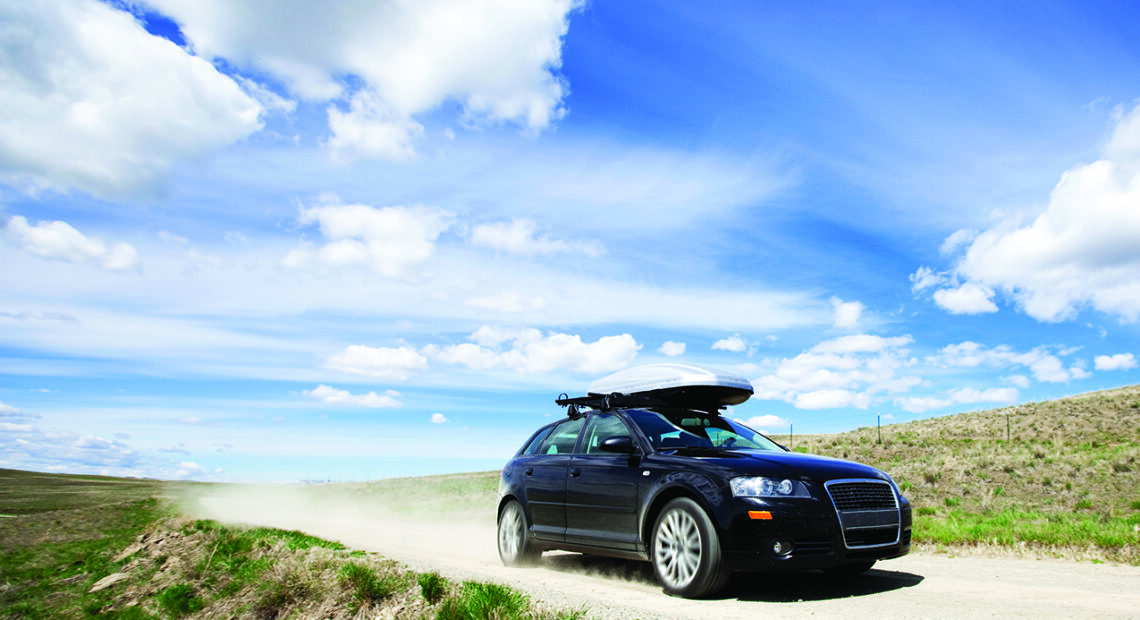A road trip can be a relaxing and exciting way to see the country. According to the financial firm IPX 1031, 51 percent of Americans planned to travel more in 2023 than the year prior, and 67 percent were considering road trips over other options.
Canadians also planned to travel, with the 2023 edition of the annual Toyota Canada Summer Road Trip Survey finding 74 percent of those polled were still desiring a road trip despite high fuel costs.
It remains to be seen how many travelers will opt for car over plane travel in 2024, but those who aspire to plan road trips to remember can consider these pointers.
• Choose a destination. Although the ride can be an adventure on its own, eventually a destination will need to be reached. Travelers can choose destinations by distance and incrementally increase that distance as they gain road trip experience. For example, the first trip can be a few hours from home. As drivers grow more accustomed to the open road, they can take lengthier trips.
• Know your time constraints. The road trip distance and route will depend on how much time travelers can devote to the trip. Road trips should be fun and include plenty of breaks along the way to see the sites. Time constraints can pressure individuals to race there and back, which isn’t enjoyable.
• Determine how many drivers are coming along. Bringing along other licensed drivers means that driving duties can be split up and the trip can be enjoyable, not exhausting.
• Don’t forget the scenic route. The journey is part of the road trip experience. When planing the route, travelers can be sure to include back roads that feature interesting views. However, they should be sure to research rest stops and fuel spots, which may be more spaced out on rural roads.
• Schedule a tune-up. Breakdowns are not enjoyable, and having a breakdown on a trip on unfamiliar roads can be even worse. Drivers should schedule a vehicle checkup prior to the trip. AAA suggests using the acronym “good BET,” referring to Battery, Engine and Tires to reduce risk of roadside emergencies.
• Use planning tools. Various applications can help road trippers get from point A to point B and back more easily. Furkot, for example, is a road trip planning service that helps drivers map out routes, find interesting places and book hotels with ease.
• Make regular stops. Travelers should pull over every two hours or 100 miles to stretch, improve alertness and give their eyes a break.
• Identify where to sleep in advance. Although spontaneity can be exciting, it’s probably a good idea for drivers to have a general idea of where they will be spending the night each evening of the trip. Few things are worse than finding a no vacancy sign or realizing a motel has closed down when people are hungry and in need of rest. Making reservations in advance is less risky and more comfortable than sleeping in the car.
Road trips tend to be less regimented than other excursions. But a little planning can ensure a road trip goes smoothly.







Recent Comments